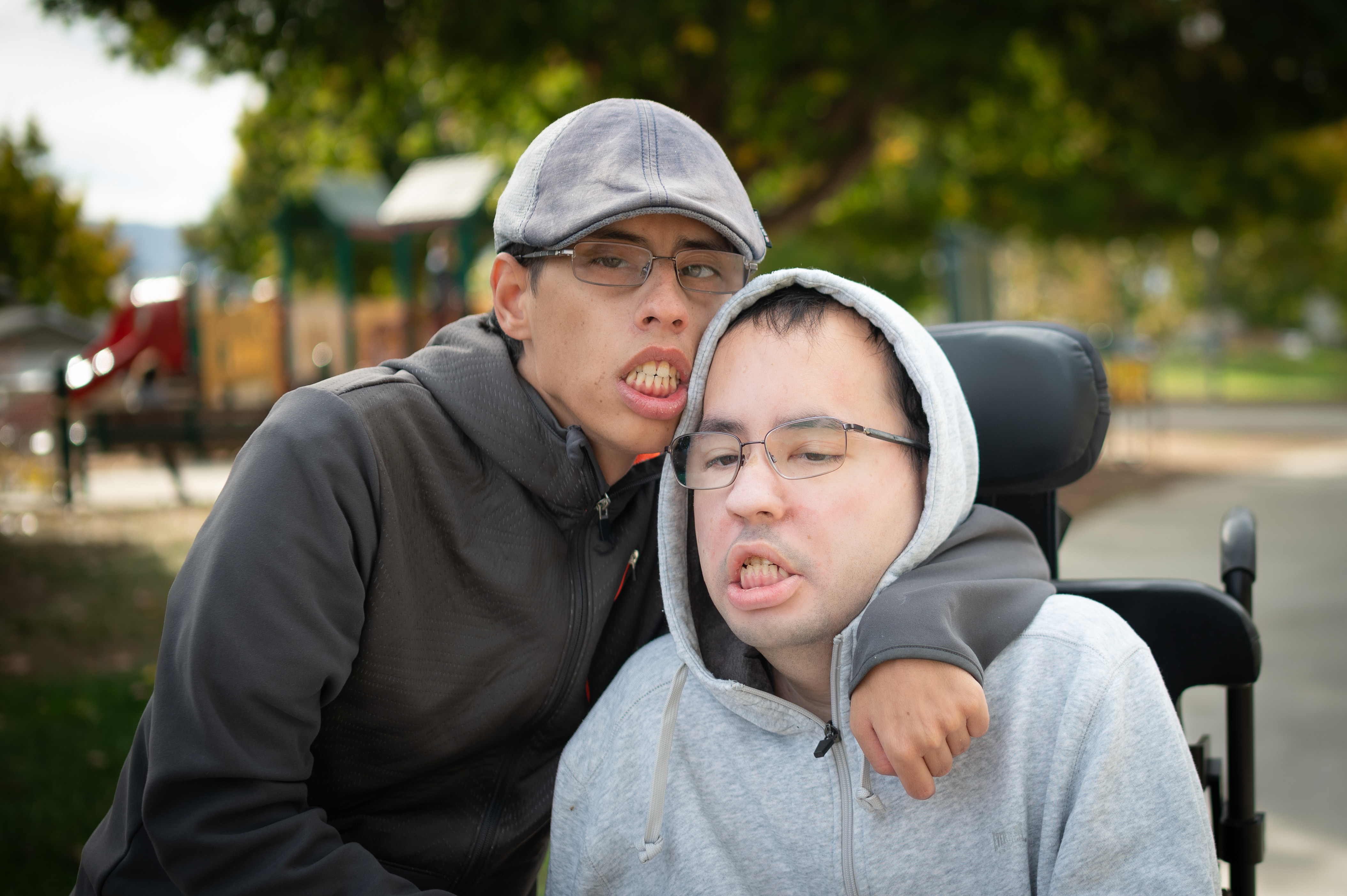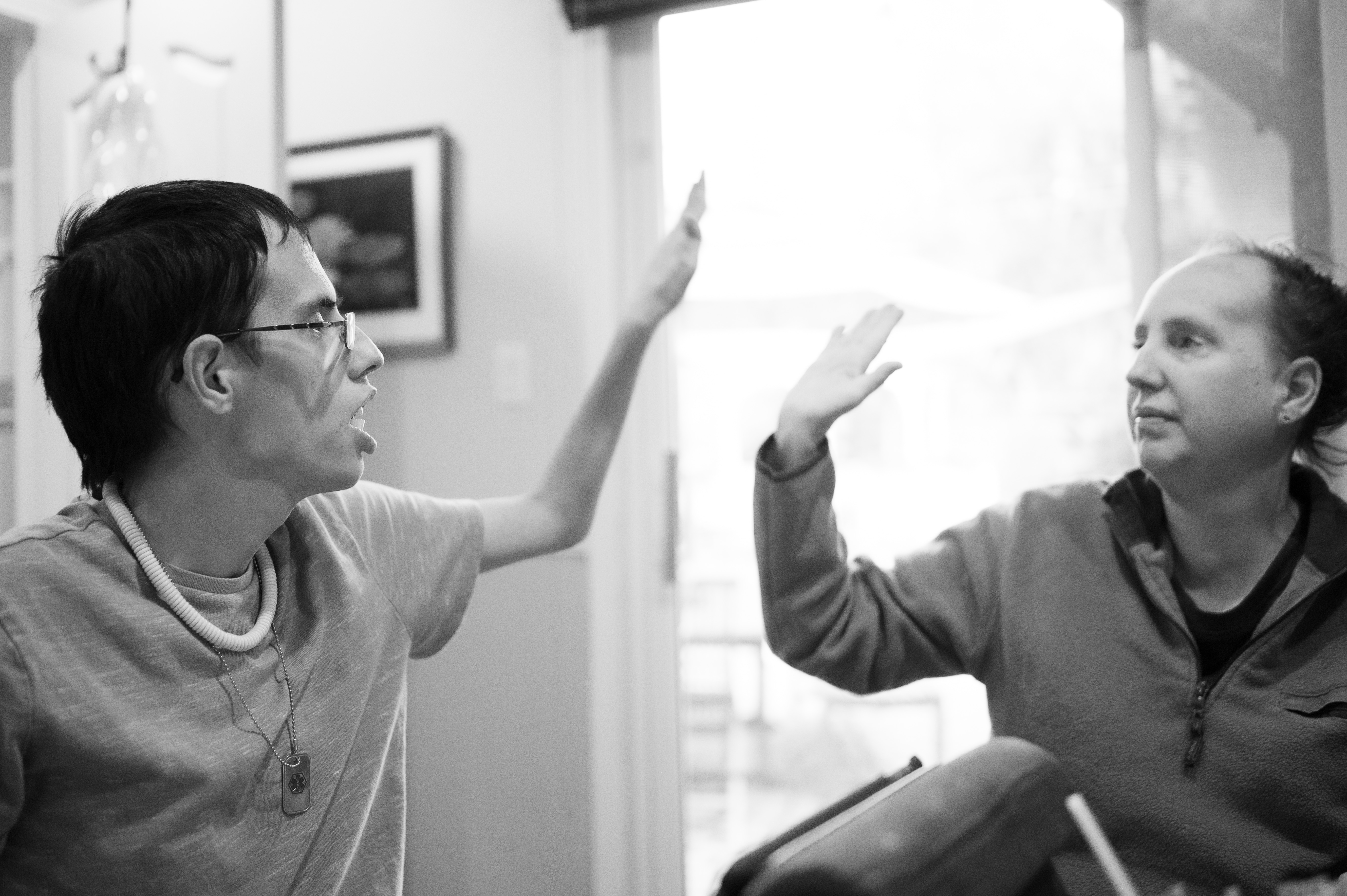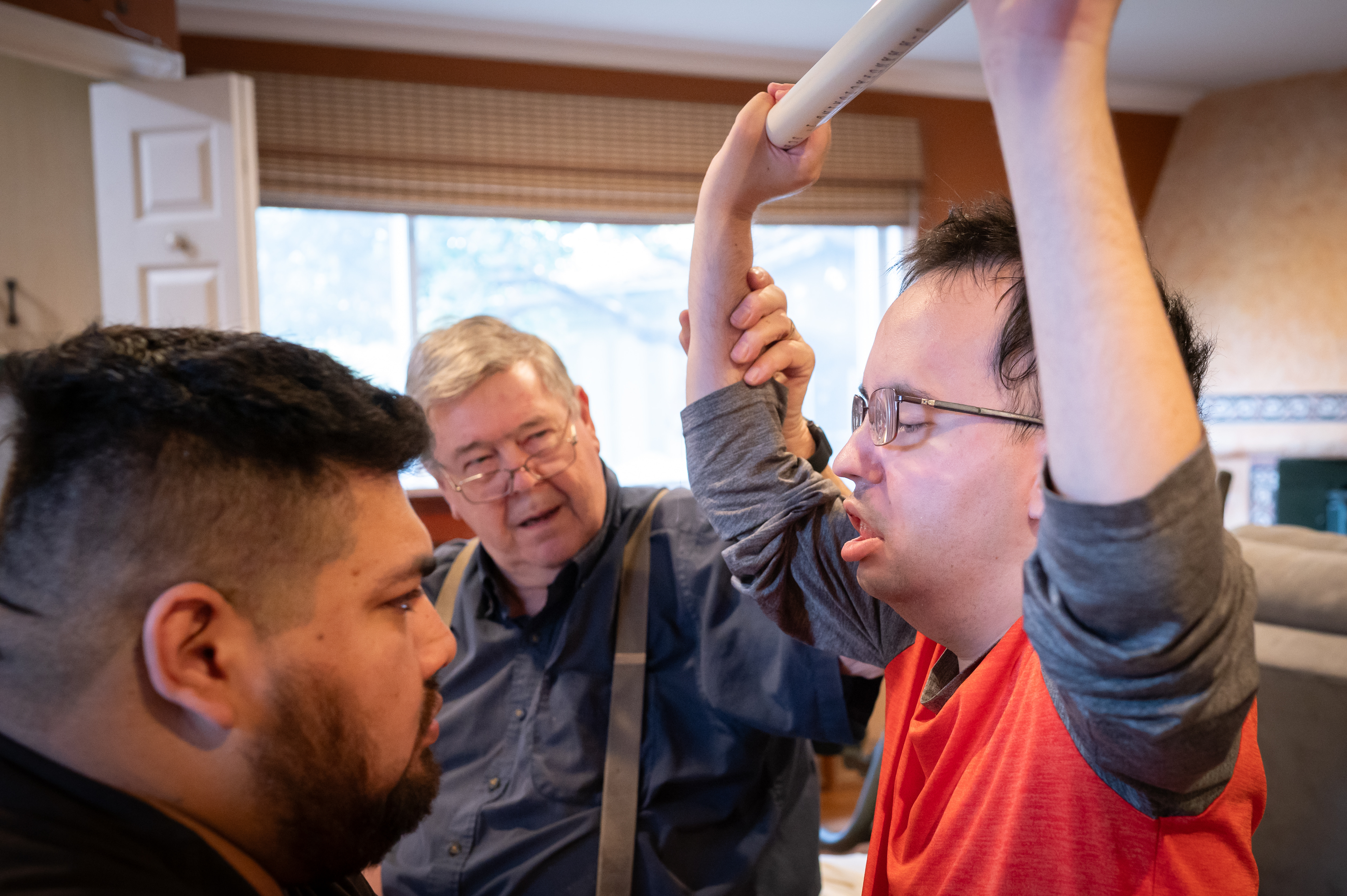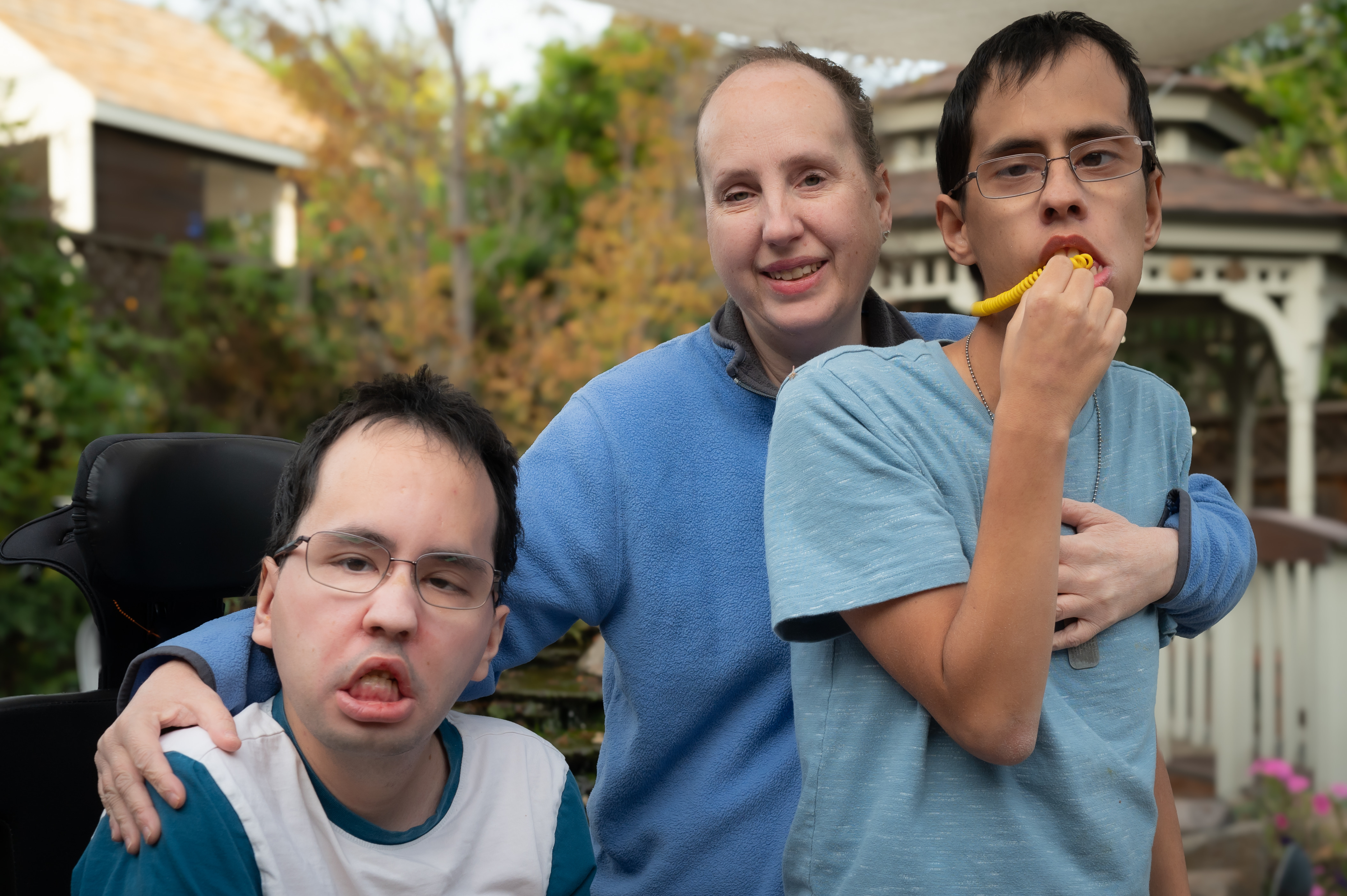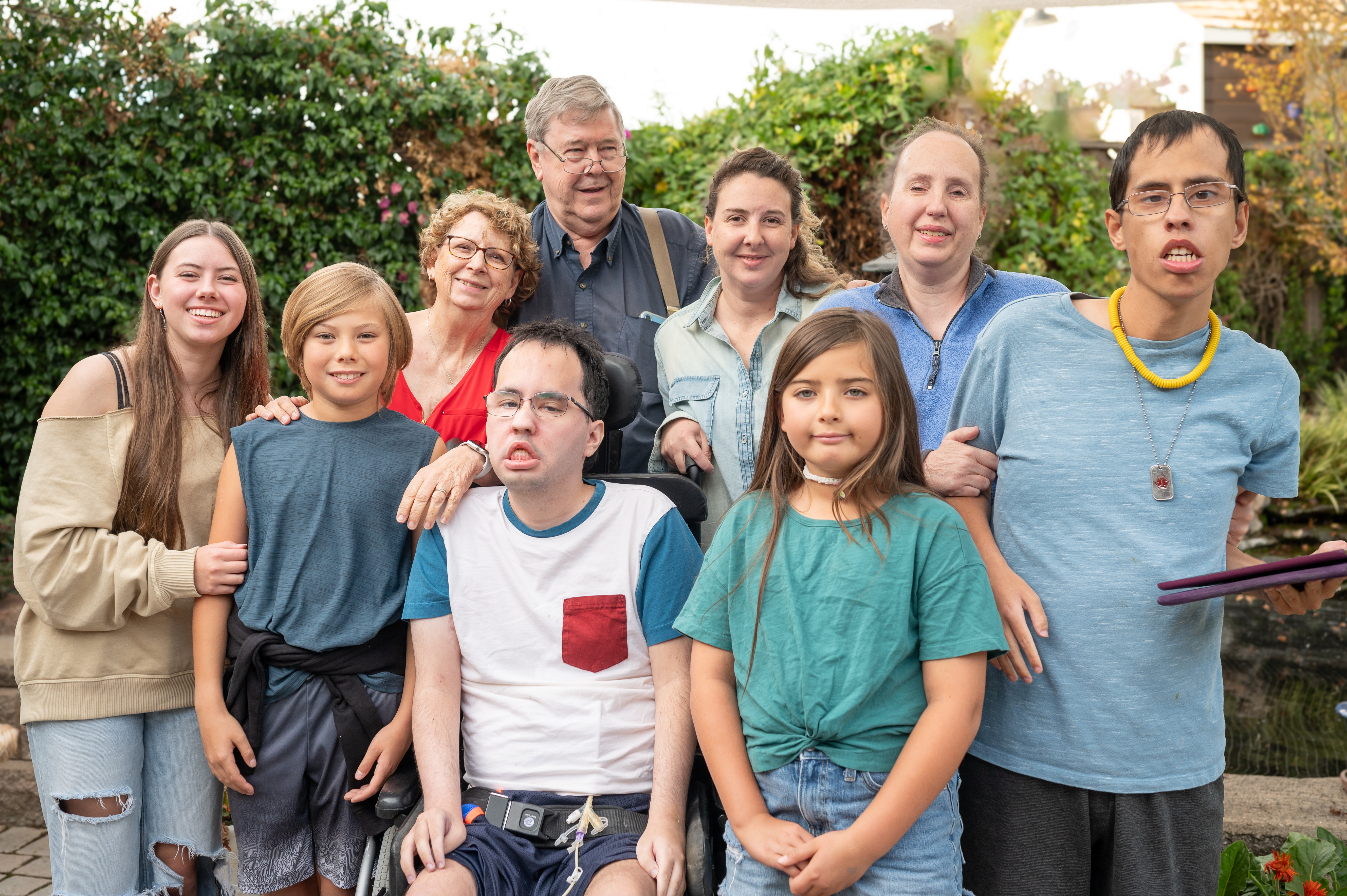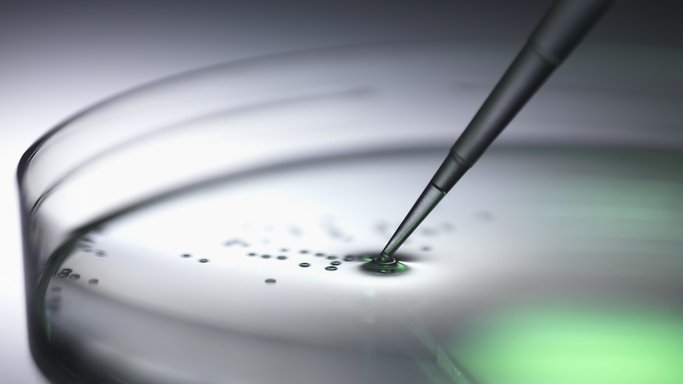Myotonic Dystrophy Type 1 (DM1)
Myotonic Dystrophy Type 1 (DM1) is a rare neuromuscular disease that affects multiple organ systems, with symptoms ranging from myotonia (an inability for muscles to relax after flexing) and muscle weakness to cardiac and respiratory dysfunction, excessive sleepiness, and intellectual disability. Between 1 in 10,000 to 100,000 people worldwide are living with DM1, experiencing reduced quality of life and shortened life expectancy.1
DM1 has several forms, which range in age of presentation and severity, including congenital, infantile, juvenile, and adult (classic). The disease affects multiple organ systems and leads to progressive muscle loss and weakness.
The disease is genetically inherited in an autosomal dominant pattern; transcription of the mutated DMPK gene results in the generation of toxic RNA aggregates that accumulate in the nucleus of the cell and trap specific proteins that are critical for normal cellular function in adults.2
Living with Myotonic Dystrophy Type 1 (DM1)
Jonathan, Matthew, and Daniela, San Jose, California
Jonathan and Matthew are twins living with the congenital form of myotonic dystrophy or DM1. The boys have faced serious medical challenges from birth. Now in their 20s, DM1 has significantly shaped their lives and the lives of their entire family, who work diligently to care for them. Jonathan and Matthew need around-the-clock care for all basic living activities.
Their mother, Daniela, also lives with DM1. Her condition presents differently and with milder symptoms. Daniela can function semi-independently, although she struggles with fatigue, GI issues, and cognitive difficulties. The neurological effects impair decision-making and administrative function in the brain, making it difficult to take care of her high-needs children.
As a girl, Daniela struggled in school and had behavioral issues, but no one suspected a genetic illness. This all changed when the twins were born in critical condition and Daniela needed emergency postpartum surgery to save her own life. The boys’ condition tipped off doctors who tested for DM1. Subsequent generations that inherit the autosomal dominant trait of DM1 tend to have more severe cases, culminating in the congenital form of the condition.
Daniela’s mother, Cecilia, along with her husband, Maus, have stepped up to fulfill the majority of caregiving responsibilities. The grandparents have spent their golden years educating themselves and mastering the caregiving work that it takes to keep their children and grandchildren happy and thriving despite their challenging circumstances.
Patients, families and other relations who are featured on this webpage have provided their consent to share their images, videos and stories in order to help broaden public understanding of the experience of living with a rare disease. The patients received a nominal stipend for their time.
Community Support & Resources
Those who would like to learn more about DM1 may find it useful to visit the websites of patient organizations and other groups that provide support for the Rare Disease community. The links below provide access to several but not all of the organizations that serve patients and caregivers in this disease state. Astellas is not affiliated with and does not endorse any of the organizations listed below. The information provided by Astellas is for informational purposes only and is not meant to replace the advice of a healthcare professional.
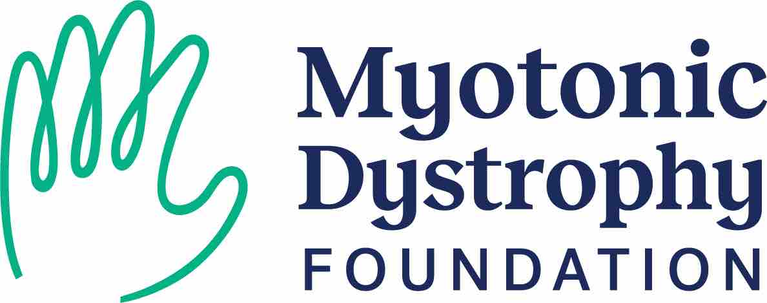 | Myotonic Dystrophy Foundation |
References:
1. Bird TD. Myotonic Dystrophy Type 1. 1999 Sep 17 [Updated 2021 Mar 25]. In: Adam MP, Everman DB, Mirzaa GM, et al., editors. GeneReviews® [Internet]. Seattle (WA): University of Washington, Seattle; 1993-2022; Landfeldt E, et al. J Neurol. 2019; (266) 998-1006; 9. de Die-Smulders CEM, et al. Brain. 1998; (121) 1557-63.
2. Thornton CA, et al. Neurol Clin. 2014; 32(3): 705-19.
